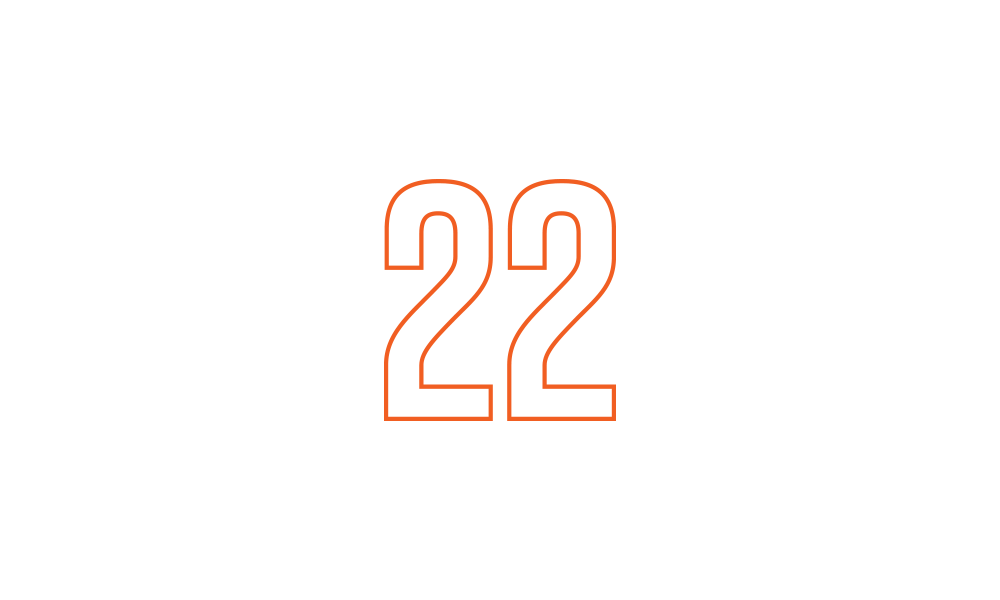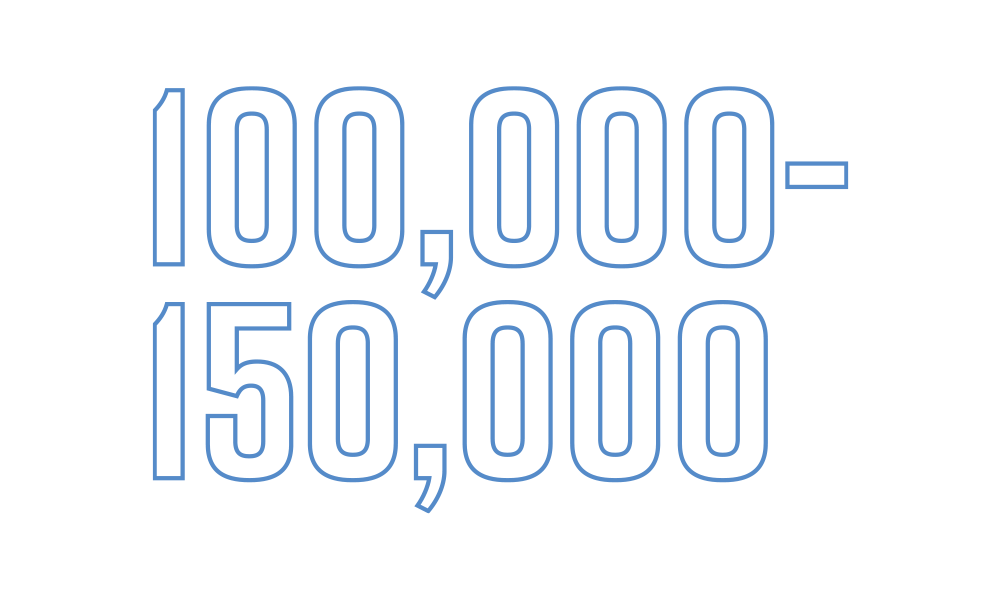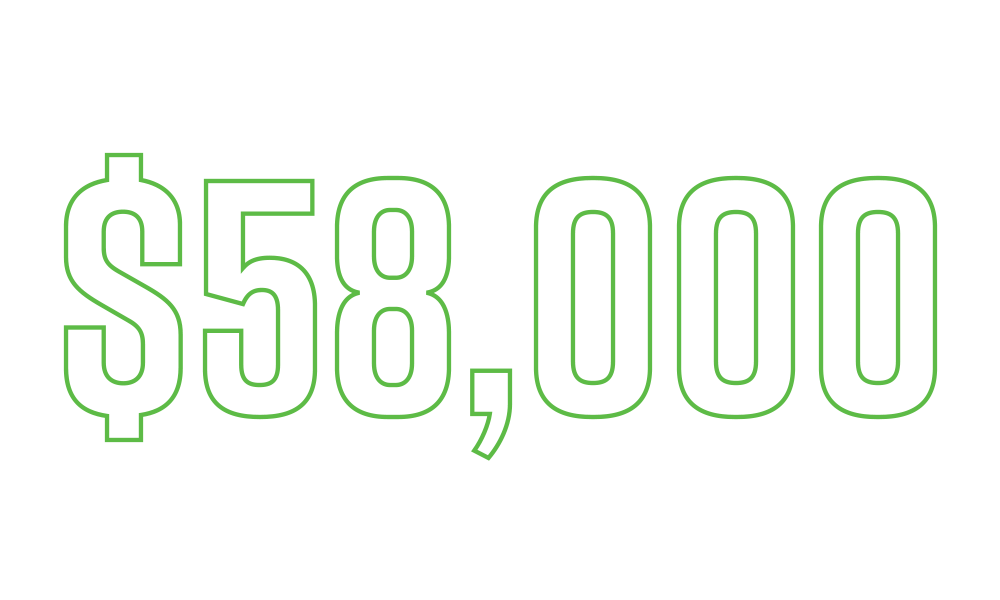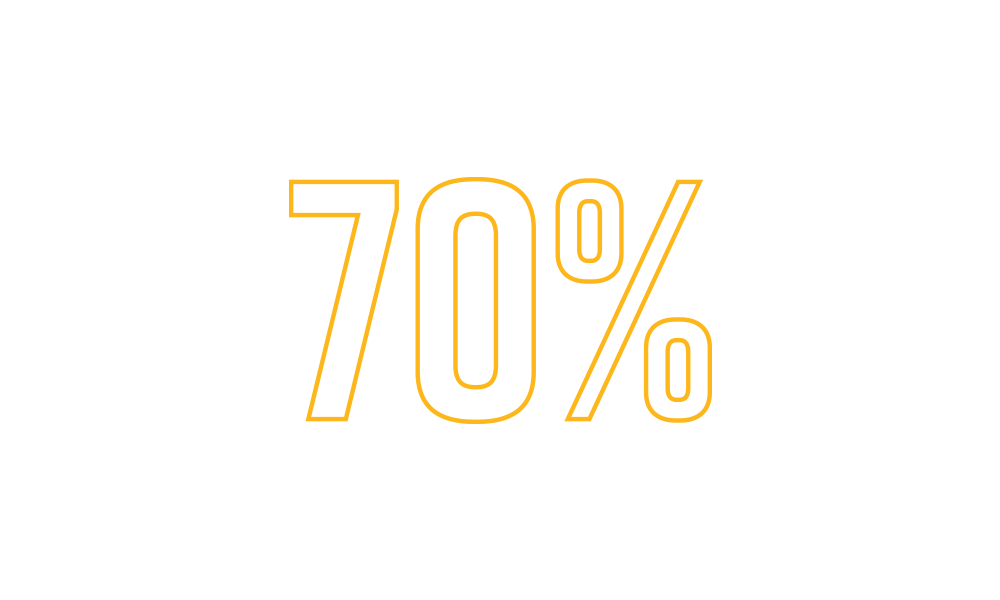BY THE NUMBERS
SOUTHERN CALIFORNIA NEWSPAPER ARCHIVE
U
CR’s Center for Bibliographical Studies and Research will soon house 22 Southern California community newspapers — safeguarding 150 years of hyperlocal journalism. The center’s primary mission is to preserve California history via its newspapers, said Brian K. Geiger, the center director. Funded by a grant from the John Randolph Haynes and Dora Haynes Foundation, the project will make these publications digitally accessible to the public. “This project is unique in that these are family or community-owned newspapers that for decades, and centuries in some cases, have only been available in physical copy to residents and visitors of those communities. Nobody else,” Geiger said. “Now we get to share them with the world and learn more of California’s rich history.” Here’s a closer look at the project, expected to be completed by 2024:
Return to UCR Magazine: Fall 2022





